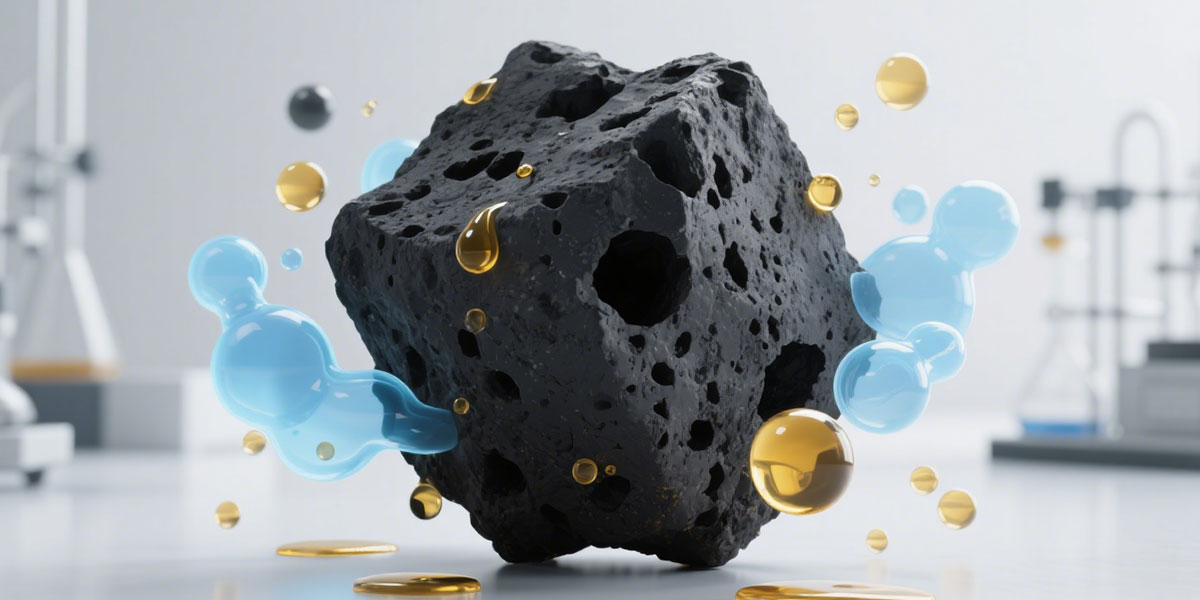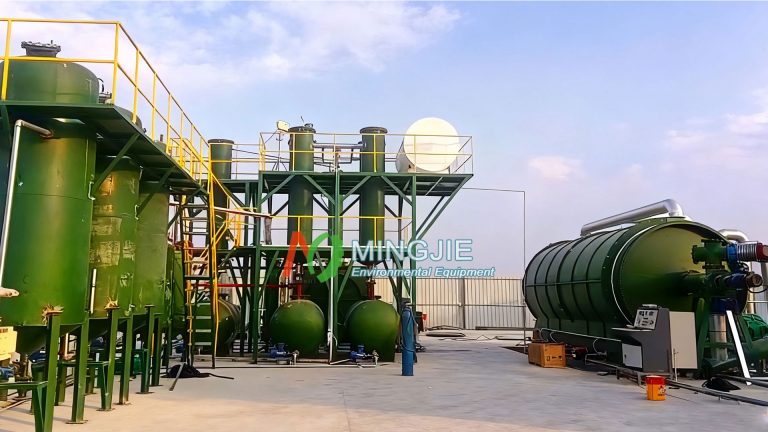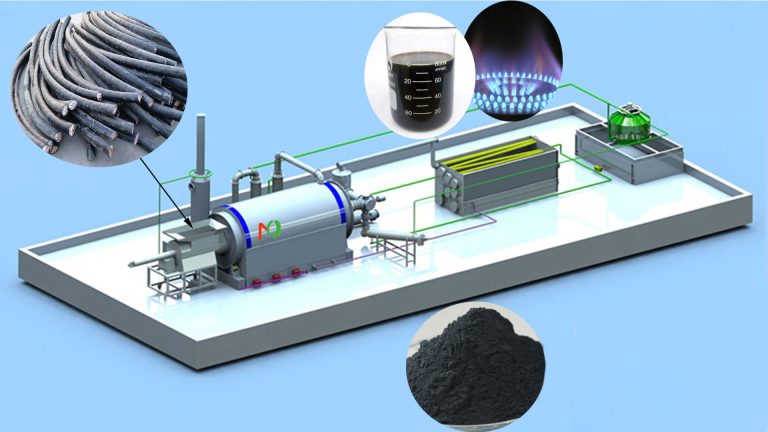Biochar is the main biomass pyrolysis products. It is a carbon-rich material widely used in soil improvement, carbon sequestration and environmental remediation. Biomass pyrolysis can efficiently convert biomass raw materials into gas fuel, liquid oil and solid biochar, and is an important direction for the development of biomass energy.
During pyrolysis, biomass decomposes and releases water and volatile compounds to form biochar with larger pores and accessible pore networks.
Biochar production equipment has developed from laboratory scale to pilot and commercial scale. Mingjie Group provides MJT-100 skid-mounted biomass pyrolysis machine for experimental machine use. There are also MJT-500, MJT-1000, MJT-2000, MJT-3000, MJT-5000 biomass carbonization plant for large-scale biochar making.
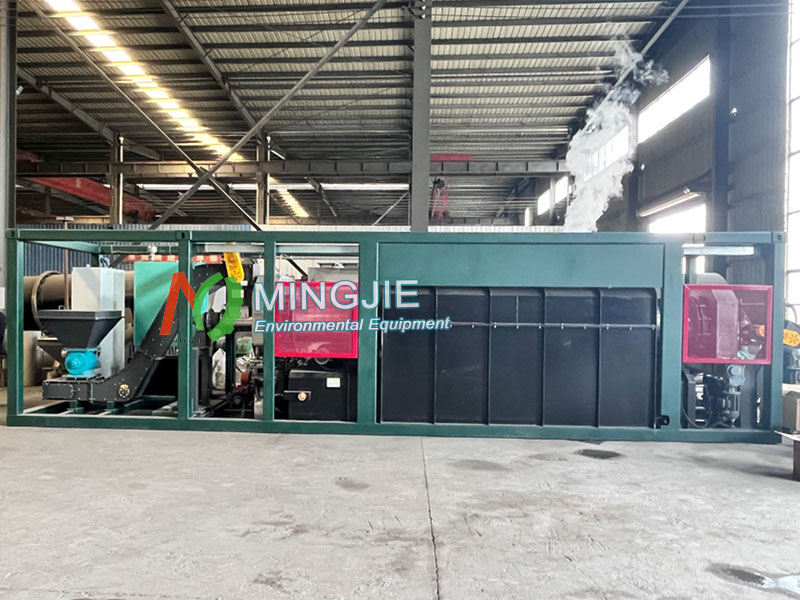
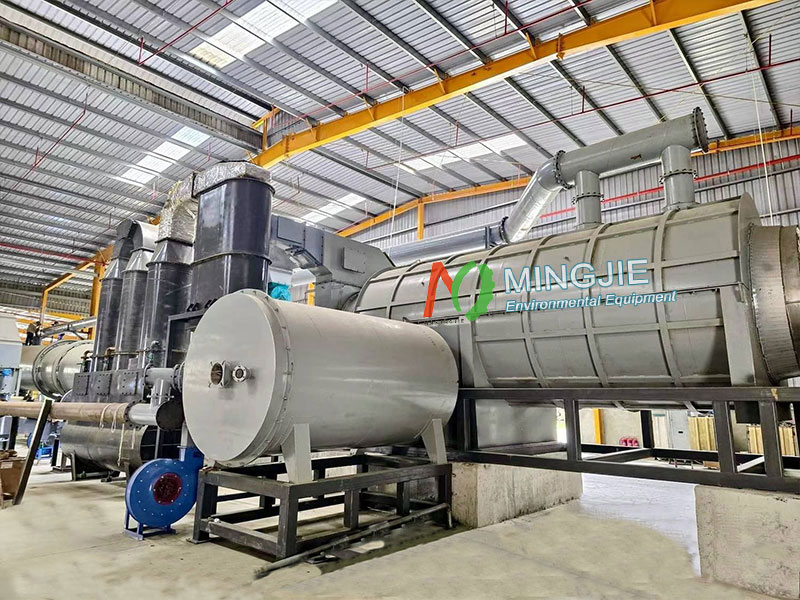
| Model | MJT-100 | MJT-500 | MJT-1000 | MJT-2000 | MJT-3000 | MJT-5000 |
| Input Capacity | 50-100kg/h | 300-500kg/h | 800-1000kg/h | 1500-2000kg/h | 2500-3000kg/h | 4500-5000kg/h |
| Structure | Skid Mounted | Modularized | Modularized | Modularized | Modularized | Modularized |
| Reactor Type | Single Layer | Dual cylinder | ||||
| Working Method | Fully Continuous | |||||
| Reactor Material | 304 Stainless steel | |||||
| Feedstock Size | <20mm | |||||
| Feeding Moisture | <15% | |||||
| Initial Heating Oil Consumption | 20L | 30-40L | 35-50L | 50-70L | 80-90L | 120-140L |
| Land Area | L12m*W2.5m | L29m*W12m | L34m*W13m | L36m*W15m | L42m*W15m | L50m*W18m |
How to Handle Biomass Pyrolysis Products
The biomass pyrolysis products include biochar, bio-oil and syngas. The slow pyrolysis is the ideal choice for biochar making. The biochar produced by slow pyrolysis has high carbon stability and rich pore structure. It is suitable as a soil conditioner, which can increase soil aeration and water retention, and create a good soil environment for crop growth.
Solid Product Biochar
Biochar is a solid carbonaceous material left after biomass pyrolysis, rich in pore structure and functional groups. Biochar can be directly applied to soil or be applied in a high-value manner by optimizing its performance.
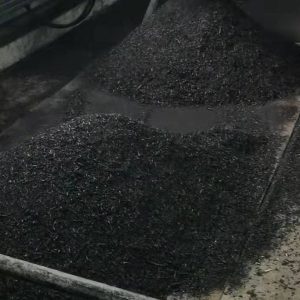
Direct Application
Biochar can be applied directly to soil, using its high specific surface area and adsorption to improve soil water and fertilizer retention capacity and adjust pH. It reduces ecological risks by fixing heavy metals (such as Pb, Cd) and organic pollutants (such as pesticide residues) in the soil.
For example, applying rice husk biochar to rice fields can reduce methane emissions while increasing rice yields. Applying sawdust biochar to forest land can improve acidic soil structure.
Note: The heavy metal content in biochar must be tested first (if the raw material contains impurities) to avoid secondary soil contamination.
The biomass pyrolysis products biochar can be directly used for wastewater and waste gas treatment to adsorb dyes, heavy metal ions in water or VOCs (volatile organic compounds) in waste gas. For example, straw biochar can adsorb Congo red in printing and dyeing wastewater, and the cost is much lower than activated carbon.
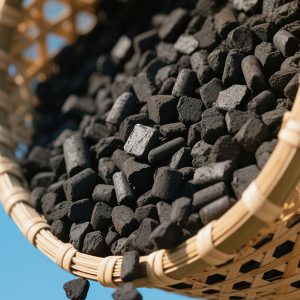
Modification
- Physical activation: By introducing gases such as CO₂ and water vapor at high temperature, the porosity of biochar is expanded and the adsorption performance is improved. It can be used for high-end water treatment (such as drinking water purification) or energy storage materials (such as supercapacitor electrodes).
- Chemical activation: After impregnation with chemicals such as KOH and H₃PO₄, high-temperature activation is performed to enhance the activity of surface functional groups. It is suitable for deep treatment of industrial wastewater (such as phenol-containing wastewater).
- Composite modification: Loading metal oxides (such as Fe₃O₄, TiO₂) gives biochar catalytic properties. It can degrade pollutants through photocatalysis while adsorbing pollutants.
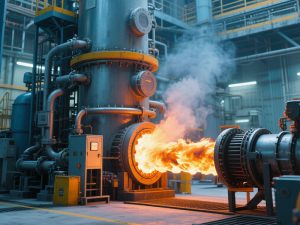
Synthesis Gas
The syngas is one of biomass pyrolysis products. The main components of synthesis gas are CO, H₂, CH₄, CO₂ (volume share is about 80%-90%), which is flammable (calorific value is about 10-18 MJ/m³). After purification and refining, the synthesis gas can achieve energy conversion.
The purified pyrolysis gas can be directly burned to provide heat source for the pyrolysis furnace (to achieve energy self-sufficiency and reduce operating costs). The purified H₂ and CO (synthesis gas) can also be used to prepare liquid fuels such as methanol, dimethyl ether, and synthetic diesel.
Bio-oil
The bio-oil is another of biomass pyrolysis products, with a complex organic mixture (including phenols, aldehydes, carboxylic acids, etc.). It has high water content (15%-30%), high acidity (pH 2-3), poor stability and other characteristics. Its direct use is limited, and it needs to be processed by distillation, filtration or quality improvement to achieve resource utilization.
The biomass pyrolysis products can achieve the synergistic benefits of “resources – energy – environmental protection” through processing.

